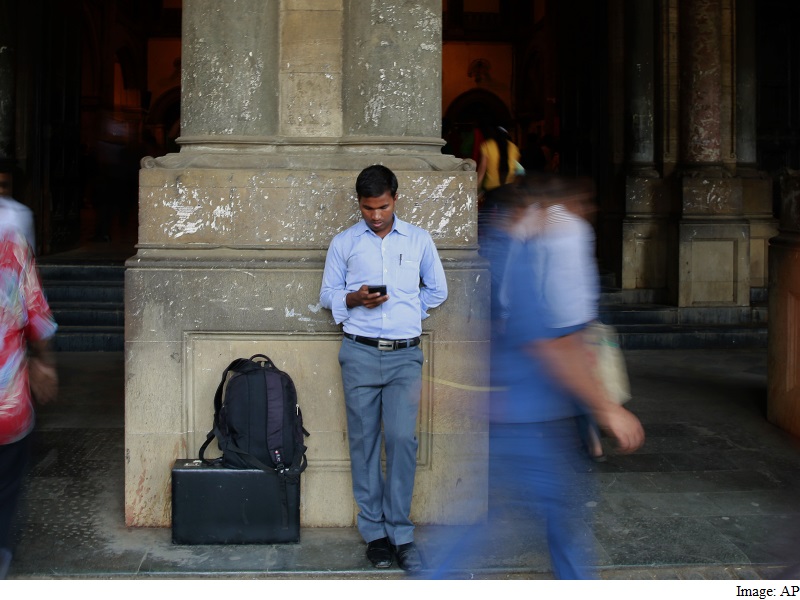- Home
- Telecom
- Telecom News
- Top Telcos Using RLT Tech at Higher Levels in Hyderabad: Trai
Top Telcos Using RLT Tech at Higher Levels in Hyderabad: Trai

A Trai report on network drive tests conducted in Hyderabad said "11 out of 14 networks" tested failed to meet call drop benchmark set under service quality norms.
The report said that 2G networks of Bharti Airtel, Vodafone, state-run BSNL, Tata Docomo and Telenor have set higher RLT (radio link time-out) values than other operators.
RLT is one of the parameters which decides for how long the call should be sustained if the signal quality drops below a certain threshold.
However, official sources have claimed that telecom operators are using the technology for masking call drops to escape heightened vigilance by the regulator. This is also resulting in higher bills for subscribers.
The drive test found that leading telecom operators have set RLT values well above 40 level.
"Vodafone 2G and Telenor 2G would also exceed the benchmark if RLT (radio link time-out) of 40 is assumed. With RLT as 40, Call Drop Rate will increase to 2.2 percent for Vodafone 2G and 2.7 percent for Telenor," Trai said in its drive test report released Wednesday.
The regulator said that call drop rates for Airtel and Docomo will also increase if RLT of 40 is considered.
However, for state-run BSNL it said that the company was using RLT value higher than 40 at around 35 percent of its mobile sites but it did not encounter any scenario where the value was breached.
This is second city where Vodafone has been found using RLT parameters more than its peer networks. Previously, the drive test was conducted in Delhi, where Vodafone and Aircel were found using such technology.
The drive test found three areas in Hyderabad - Banjara Hills, Secunderabad and Gandhamguda - accounting for about 60 percent of total dropped calls.
"On excluding the dropped calls in above mentioned areas, call drop rate benchmarks are met (or are close to 2 percent) for all operators," the report said.
The regulator also found 3G connection of Idea Cellular hooked on to its 2G network most of the time depriving benefit of high speed data to its subscribers.
"On its (Idea) 3G enabled SIM card, most idle time was spent on 2G network. Most calls were thus initiated on its 2G network. This aspect could be an issue for a 3G user who would not be able to avail 3G data service, for a major period," the report said.
The test was conducted between May 5-7, 2016, covering an area of 300 kilometre.
Get your daily dose of tech news, reviews, and insights, in under 80 characters on Gadgets 360 Turbo. Connect with fellow tech lovers on our Forum. Follow us on X, Facebook, WhatsApp, Threads and Google News for instant updates. Catch all the action on our YouTube channel.
Related Stories
- Samsung Galaxy Unpacked 2025
- ChatGPT
- Redmi Note 14 Pro+
- iPhone 16
- Apple Vision Pro
- Oneplus 12
- OnePlus Nord CE 3 Lite 5G
- iPhone 13
- Xiaomi 14 Pro
- Oppo Find N3
- Tecno Spark Go (2023)
- Realme V30
- Best Phones Under 25000
- Samsung Galaxy S24 Series
- Cryptocurrency
- iQoo 12
- Samsung Galaxy S24 Ultra
- Giottus
- Samsung Galaxy Z Flip 5
- Apple 'Scary Fast'
- Housefull 5
- GoPro Hero 12 Black Review
- Invincible Season 2
- JioGlass
- HD Ready TV
- Laptop Under 50000
- Smartwatch Under 10000
- Latest Mobile Phones
- Compare Phones
- Redmi Note 15 5G
- Redmi Note 15 Pro 5G
- Redmi Note 15 Pro+ 5G
- Lava Play Max
- Poco C85 5G
- Honor Magic 8 Lite
- Jolla Phone
- Realme P4x 5G
- Asus ProArt P16
- MacBook Pro 14-inch (M5, 2025)
- OnePlus Pad Go 2
- Poco Pad M1
- Just Corseca Skywatch Pro
- Honor Watch X5
- Acerpure Nitro Z Series 100-inch QLED TV
- Samsung 43 Inch LED Ultra HD (4K) Smart TV (UA43UE81AFULXL)
- Asus ROG Ally
- Nintendo Switch Lite
- Haier 1.6 Ton 5 Star Inverter Split AC (HSU19G-MZAID5BN-INV)
- Haier 1.6 Ton 5 Star Inverter Split AC (HSU19G-MZAIM5BN-INV)
















